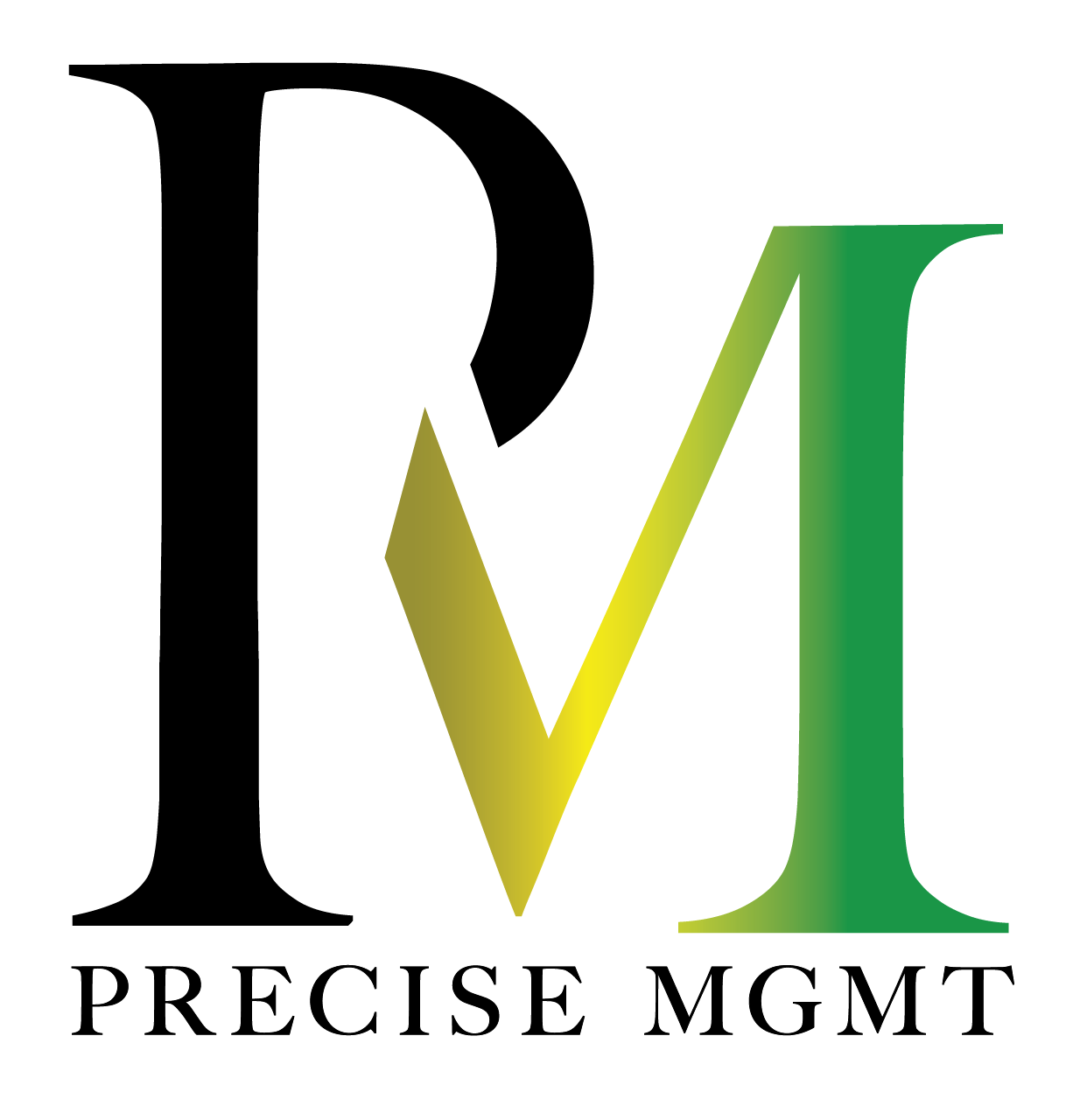Mastering Revenue Projections in 2025: The Power of Data-Driven Decisions
- contact600132
- Nov 8, 2024
- 4 min read
Updated: 5d

In an era of constant change and innovation, businesses can no longer rely solely on intuition or experience to remain competitive. As we move into 2025, data-driven strategies have become essential for making informed decisions, especially in revenue projections. By leveraging historical data, analyzing market trends, and utilizing advanced tools such as artificial intelligence (AI), companies can significantly improve forecasting accuracy. In this article, we’ll explore how organizations can excel in revenue projections, avoid common pitfalls, and stay prepared for unexpected market shifts.
Why Accurate Revenue Projections Matter
Revenue projections serve as the foundation for strategic planning. They impact budgets, staffing, marketing initiatives, and even investor confidence. An overly optimistic forecast could lead to wasted resources, while an overly conservative one could mean missed opportunities. The key to striking the right balance lies in using data effectively.
Accurate forecasts allow businesses to:
Align resources strategically by allocating budgets and personnel where they will have the most impact.
Manage cash flow efficiently to avoid liquidity issues.
Adjust business strategies proactively by identifying potential risks and opportunities in advance.
Boost investor and stakeholder confidence with solid, data-backed predictions.
The Role of Historical Data and Trends
One of the first steps toward mastering revenue projections is leveraging historical data. Sales trends, customer behavior, and seasonal patterns from previous years can provide valuable insights. However, relying solely on the past can be limiting, especially when market conditions are evolving. To overcome this, companies should:
Use multi-year data: Compare data across multiple years to account for anomalies.
Identify patterns and seasonality: Recognize when peaks and dips occur in demand.
Account for external factors: Adjust forecasts based on changes in the market, such as new regulations or economic conditions.
Historical data isn’t just about looking backward; it provides a baseline that businesses can build on when creating future projections.
Strategic financial management is essential for every business—not just for day-to-day operations, but for driving sustainable growth. As companies like Sunpointe evolve, they must continuously balance internal efficiencies with profitability goals. This case study explores how Sunpointe overcame financial challenges by partnering with Precise MGMT and streamlining processes, ultimately positioning itself for long-term success.

Leveraging AI and Advanced Analytics for Smarter Forecasts
AI-powered tools are becoming essential for revenue forecasting in 2025. Machine learning algorithms can process vast amounts of data, spot hidden trends, and adjust projections in real-time. Some of the ways AI enhances revenue projections include:
Real-time analysis: AI can integrate data from multiple sources, including CRM systems, eCommerce platforms, and financial software, to provide up-to-the-minute forecasts.
Scenario planning: Machine learning models can generate multiple forecast scenarios based on various inputs, helping businesses prepare for both best-case and worst-case outcomes.
Demand forecasting: AI tools analyze customer behavior and purchasing patterns, allowing businesses to predict future sales with greater precision.
Anomaly detection: AI can alert businesses to unexpected shifts in the data, such as sudden changes in demand or operational inefficiencies.
By leveraging these tools, businesses can go beyond traditional forecasting methods and gain deeper insights into potential revenue streams.
Actionable Tips for Data-Driven Revenue Projections
To master revenue projections in 2025, businesses must not only adopt the right tools but also refine their processes. Below are practical tips to improve forecasting accuracy:
1. Use Predictive Analytics Tools
Predictive analytics tools, such as Microsoft Power BI, Tableau, or Google Analytics, can provide meaningful insights into future trends. These tools can process large datasets to identify trends that might otherwise go unnoticed.
2. Establish Key Metrics (KPIs)
Identify the KPIs that matter most to your business. For example, a retail business might focus on sales growth and average order value, while a SaaS company might track customer lifetime value and churn rate. These KPIs should guide your projections.
3. Involve Cross-Functional Teams
Forecasting is not the sole responsibility of the finance department. Involve sales, marketing, and operations teams to provide insights from their respective areas. This collaboration ensures that forecasts are realistic and reflect all aspects of the business.
4. Conduct Regular Forecast Reviews
Market conditions can change rapidly, making it essential to revisit projections frequently. Conduct monthly or quarterly reviews to compare forecasts with actual performance, and adjust accordingly.
5. Scenario Planning for Market Shifts
Prepare for market volatility by creating multiple revenue scenarios. Consider potential disruptions, such as supply chain issues or shifts in consumer behavior, and develop contingency plans for each scenario.

Preparing for Market Shifts in 2025
While historical data and predictive tools can enhance forecasting accuracy, businesses must also be prepared for unexpected changes. In 2025, potential disruptions could arise from:
Economic uncertainty: Inflation, interest rates, and geopolitical tensions can impact consumer spending.
Technological innovation: New technologies can create opportunities but also disrupt existing business models.
Regulatory changes: New laws or industry regulations could affect operations and profitability.
To mitigate these risks, businesses need to remain agile. Staying informed about market trends and industry developments is critical, as is maintaining a flexible approach to forecasting. Those who proactively adjust their forecasts in response to emerging trends will be better positioned to seize new opportunities.
Stay Ahead with Data-Driven Revenue Projections
In 2025, the businesses that thrive will be those that embrace data-driven decision-making. By combining historical data with trend analysis, AI tools, and a proactive mindset, companies can create accurate revenue projections that guide strategic planning and improve financial outcomes.
The key to success lies not just in using data but in continuously refining processes, involving cross-functional teams, and preparing for uncertainty. With the right approach, businesses can transform revenue forecasting from a guessing game into a powerful strategic advantage.




Comments